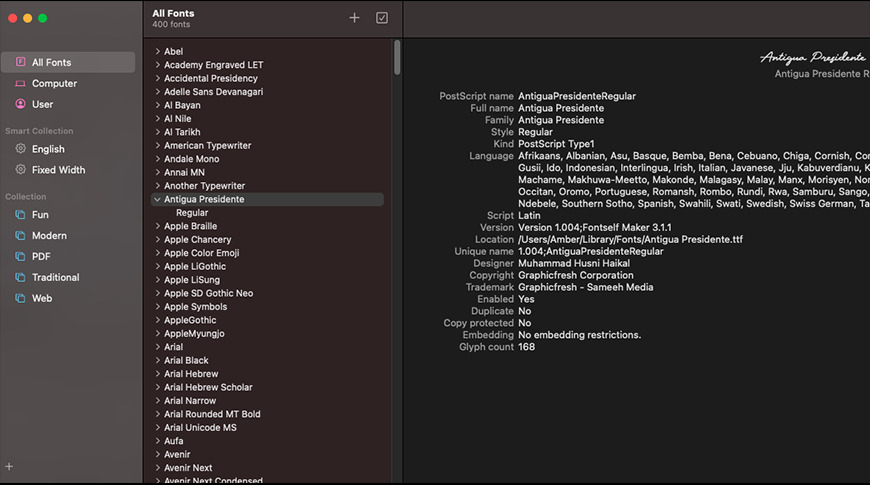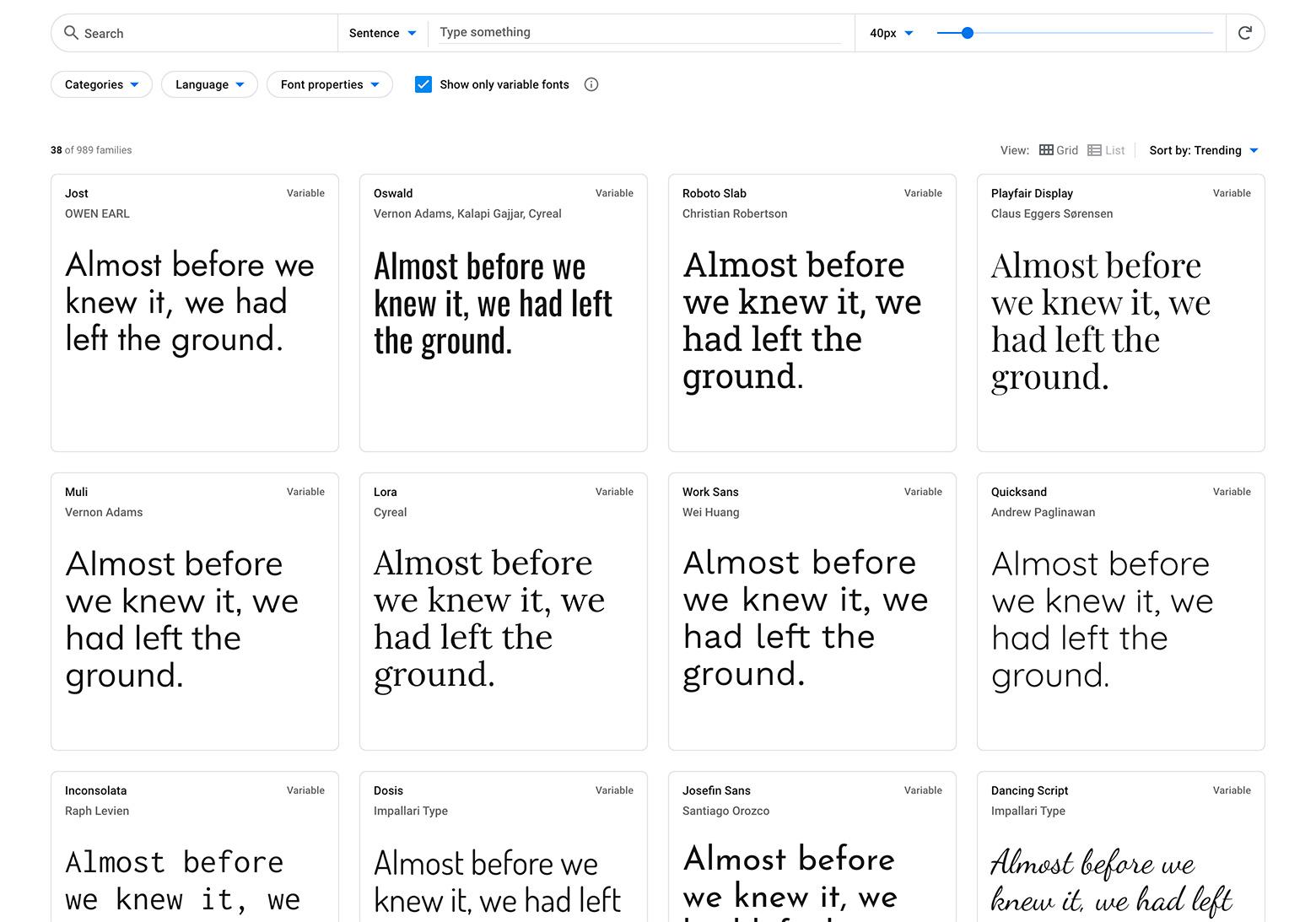Hello readers!
I am so glad that you have returned once more for Week 9 of Calligraphy Corner! I am excited to announce that today we will be transitioning into the development of fonts and word processing systems.
We are all familiar with the vast degree of fonts available on, say, Google Docs or Microsoft Word. Across Google software, there are currently 1297 font families available for use. As for Microsoft software, there are 700 font options available on Word with more in development. That’s a lot of fonts! So, when did the first computerized fonts come about?
The first electronic typeface was designed and implemented by a man named Rudolph Hell and his Hell Design Studio employees. It was named “Digi Grotesk,” and was actually a bitmap. A bitmap is a type of image file that often has color information in its rows of pixels. So, Digi Grotesk was basically a grid-like pattern of pixels and was used in computerized typesetting machines. Britannica defines computerized typesetting as a type of typesetting that involves “characters [that] are generated by computer and transferred to light-sensitive paper.” Impressively, Digi Grotesk is still in use today.

Fig 1. FontShop. Digi Grotesk Font.
One of the next steps in the history of typography was the development of Apple’s TrueType fonts in response to Adobe’s Type 1 fonts in the 1980s. Adobe developed their Type 1 fonts to use in their PostScript programming language. Apple, on the other hand, created their TrueType fonts to replace the use of PostScript in their products. Apple’s TrueType fonts firstly involved four families: Helvetica, Courier, Times Roman, and “Symbol”. This degree of competition was a big deal at the time, and was informed by the rise in popularity of the internet in the 1990s.
Fig 2. Virtual Exhibition. True Type.
OpenType fonts were then developed jointly by Adobe and Microsoft in the mid 1990s as the rivalry between Apple, Adobe, and Microsoft continued to increase. OpenType opposed both Adobe’s PostScript types and Apple’s TrueType fonts. According to Adobe, they still share the rights to this font file format with Microsoft. OneType was built on the original working version of TrueType. It is special in its ability to work across platforms; OpenType is currently accessible on both Macs and Windows computer systems. It is still relevant today as thousands of Adobe fonts have been developed and implemented using it!

Fig 3. Apple Insider. Font Book, Type 1 Fonts on OpenType.
So, let’s talk about fonts specifically. The turn of the century was the time in which many significant changes took place in regards to fonts and typography. Font formats were reconsidered with a modern lens and font developers took charge to introduce hundreds of new typefaces throughout the 2000s and 2010s. In 2009, the first draft of the Web Open Font Format (WOFF) was published. It is usable with both TrueType and OpenType fonts. WOFF helped standardize how fonts could be used on web pages. The interesting thing about WOFF is that anyone’s font design can be saved or converted to this format and be used across the web. At this time, font developers and others alike came to the realization that they could create their own fonts for web use! Different web-based companies took advantage of the open access to font development on the internet and thus sought to involve their brand.
Google Fonts, originally Google Web Fonts, was founded in 2010. At its inception, it was applauded for being an open source resource for fonts and web design. As previously mentioned, it currently offers 1297 families of fonts. Check out their website to find a style that interests you!

Fig 4. Toptal. Google Fonts.
Microsoft also has a group dedicated to typography and web design. Microsoft Typography emphasizes legibility and creativity in font development by both their employed team members and independent designers. They primarily hire outside talent to work with program managers in creating new fonts for their Microsoft Office products. Hundreds of fonts are currently available, and that number only continues to grow as their TrueType and OpenType font base expands with various additions from different parties.
Adobe has their own fonts to consider as well. Like Google, they have their own web page listing some of their usable typefaces. Adobe Fonts has over 20,000 fonts available with a subscription and 1,000 fonts available for their basic free signup. I would recommend anyone interested to check out their website. There are multiple free features that are easily accessible and fun for the curious observer. They even have a feature that allows you to drag and drop and image, after which the computer will come up with a font design that matches your picture.
Multiple large corporations took advantage of technological improvements to bring these fonts to light. The future holds many more opportunities, however, to expand fonts based on language. It appears that much in recent design history has forgotten to include lesser used languages. Hopefully, designers will expand their fonts to include characters from a wider variety of the written word. It has been wonderful to review updates in writing from the lens of electronic fonts and typefaces. Though this is not exactly calligraphy, this blog post creates a base from which we will next be able to discuss greater creative control by graphic designers on marketing and font selection and how calligraphic writing has influenced the profitable side of the typography field.
Thank you for reading! See you next time.